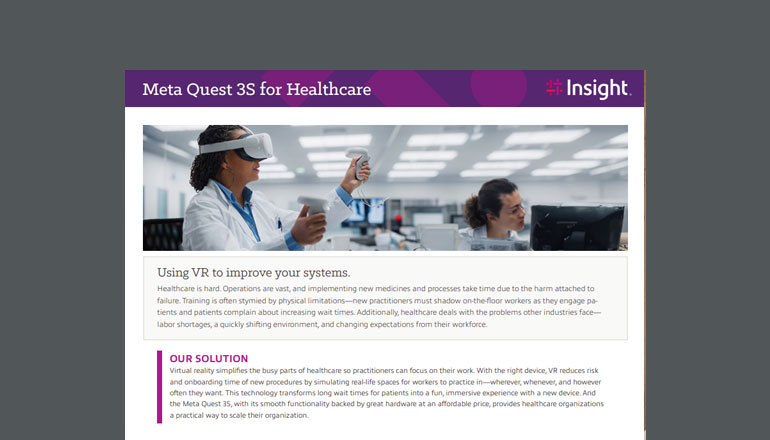
Telehealth and telemedicine — including a range of healthcare services from health monitoring and patient consultation to medical record transmitting — are evolving by the minute. Previous delivery models in the paper-records era offered one main option: face-to-face contact with healthcare providers, with all the built-in challenges and inefficiencies that entailed. Providers felt pressured to see as many patients as possible within a limited time span, and patients felt rushed when they were quickly whisked in and out of the office.
The telehealth revolution addresses these issues head-on. There’s no more messy paper trail. Records can be securely shared between doctors instantaneously. And the telehealth subset, telemedicine, enables clinicians to provide services remotely.
These rapid technological innovations have freed time for practitioners and allowed them to better manage chronic conditions, increase efficiency and achieve specific patient outcomes. Improved care through telehealth may also result in fewer readmissions and better hospital ratings.
Moreover, acceptance of telehealth and telemedicine is widespread. Options are offered by most private insurers and state and local agencies. Both the Department of Veterans Affairs (VA) and Medicare continue to expand telehealth offerings. Telehealth is also being welcomed by healthcare consumers as they realize greater time and cost savings. It's less intimidating than it was in the past, and in many cases, it’s as simple as a single wearable device.
Ease of use, expanded options
Today, a user-friendly model extends to the telehealth arena where many lab tests are generated electronically. Instead of waiting on hold to talk to staff who must then generate a paper order, consumers can have requests sent electronically to their lab of choice. Many people use telehealth tools without even realizing it.
Both providers and patients benefit from this newfound efficiency. By leveraging technology, providers can schedule patient visits in a more compressed period of time, which in turn allows them to offer more appropriate treatment, earmark the right professional for the right need and work in a less rushed atmosphere. Patients may also see better results because of increased engagement and compliance.
Telemedicine innovations shrink the distance.
Telemedicine has proven to be effective as a method for serving rural communities. Here’s one scenario: A farmer who recently had surgery lives 65 miles from the nearest hospital. Instead of making the 130-mile round-trip drive for a 15-minute follow-up visit, he's offered the option of going home with an iPad or wearable device that monitors his recovery. The lengthy drive is replaced by a much less stressful phone or video call.
Wearables are one of the most exciting and underused advances in the telehealth arena. An ever-increasing array of user-friendly devices can collect vital data and address a wide spectrum of needs. The ultimate result: better health outcomes for patients. And, wearables can minimize the inconvenience of personal visits.
Set goals.
Your first step as a healthcare provider is to define your identity. Are you a rural hospital with patients dispersed over a wide area? Or an urban hospital with an emergency room that’s overburdened treating walk-in patients for minor illnesses? Determine your most critical needs, and that will ultimately lead to the best telehealth solutions. You don’t always need to jump in with both feet.
What are your biggest pressures? Your toughest challenges? You need to anticipate future government pressure to offer more telehealth options. Your patients may also request expanded telehealth services. Advanced planning will help you zero in on the right telemedicine options for your organization
Getting ahead of the curve with telehealth
The new healthcare reality demands change. Early telehealth adopters have a competitive advantage because they're better prepared to handle increasing patient expectations for improved, efficient care. Patients want service that's fast and high-quality. And they want more face time with their healthcare providers.
The big takeaway is that fear stops necessary progress. Start by identifying your challenges and goals. Then pick the right platforms and technology to drive savings and improve care. Do your due diligence from a cost perspective and build a budget that works for you. Your first purchase doesn’t have to be a huge mainframe that ends up becoming an expensive paperweight.
We're still in the early days of telehealth innovation, and providers will have access to an increasing number of options. For example, behavioral health and weight loss are two promising areas for telehealth. I’ve even helped a prosthetics company develop several innovative telehealth solutions.
The ultimate goal of telehealth services is to encourage a trusting partnership between physicians, technology companies and patients that will improve practice efficiencies and patient outcomes. It’s the inevitable gateway to a new system of coordinated care.




